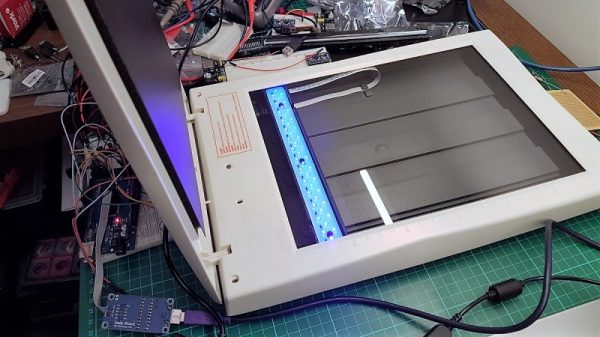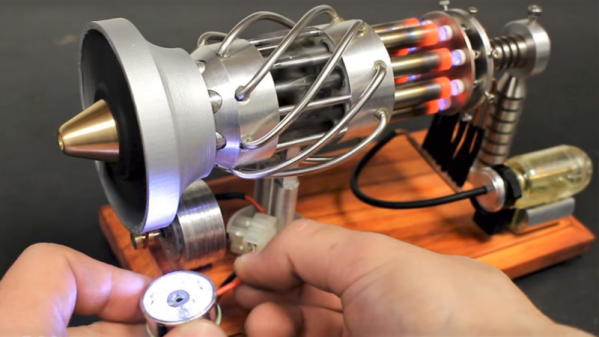Yesterday Magic Leap announced that it will ship developer edition hardware in 2018. The company is best known for raising a lot of money. That’s only partially a joke, since the teased hardware has remained very mysterious and never been revealed, yet they have managed to raise nearly $2 billion through four rounds of funding (three of them raising more than $500 million each).
The announcement launched Magic Leap One — subtitled the Creator Edition — with a mailing list sign up for “designers, developers and creatives”. The gist is that the first round of hardware will be offered for sale to people who will write applications and create uses for the Magic Leap One.
We’ve gathered some info about the hardware, but we’ll certainly begin the guessing game on the specifics below. The one mystery that has been solved is how this technology is delivered: as a pair of goggles attaching to a dedicated processing unit. How does it stack up to current offerings?
Continue reading “Magic Leap Finally Announced; Remains Mysterious”

















